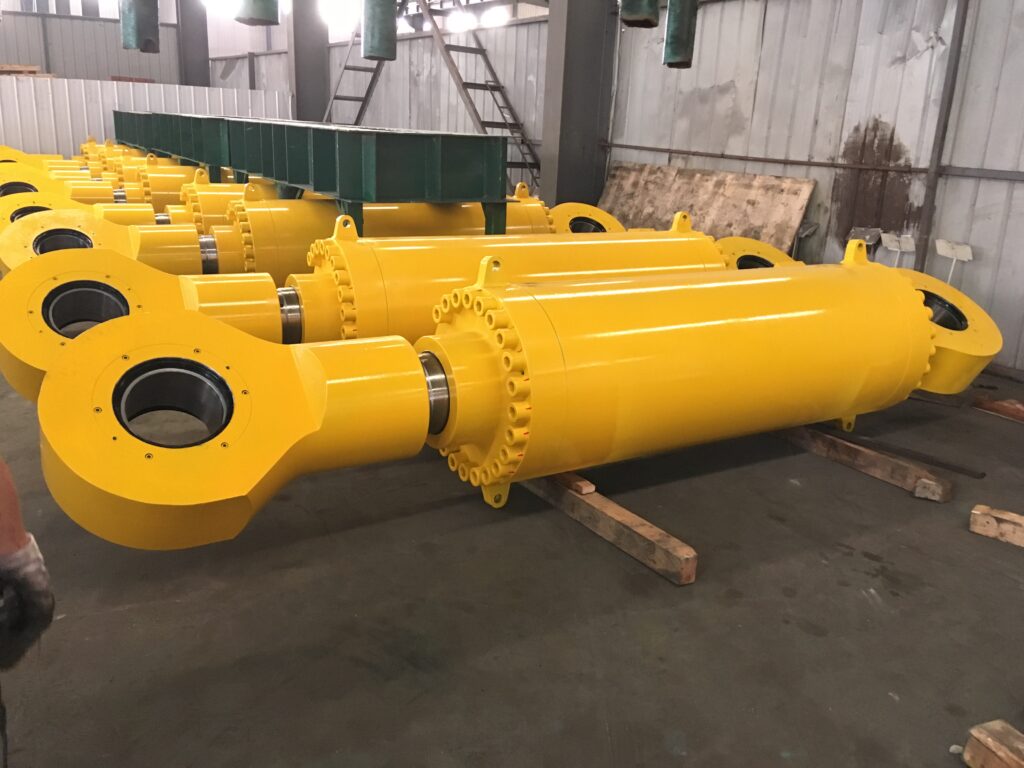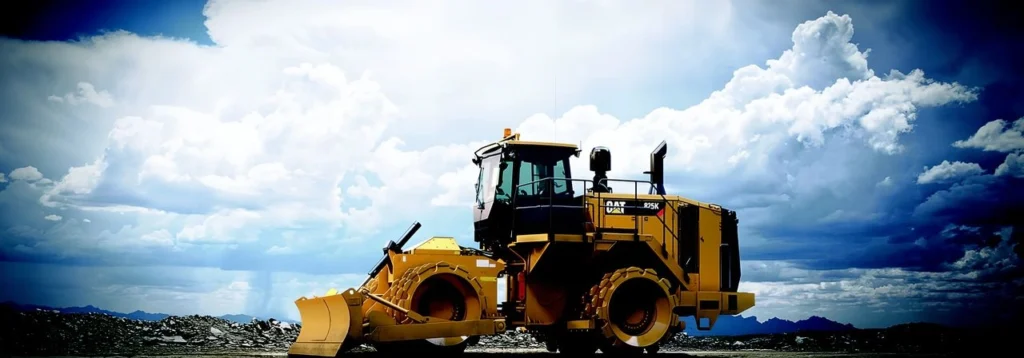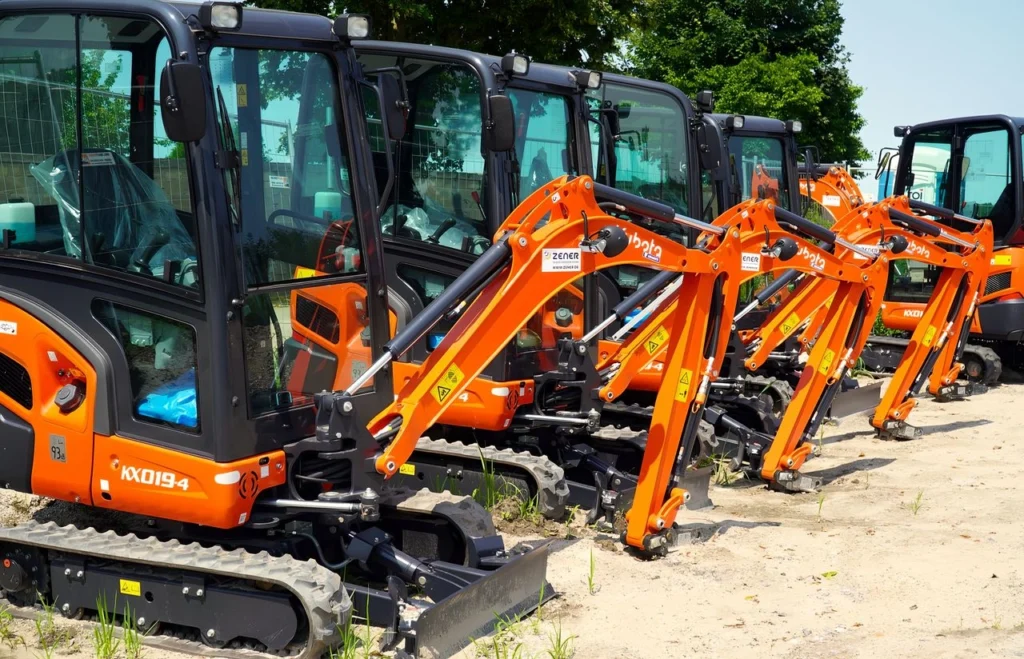Double-Acting Hydraulic Cylinder
Description: A double-acting hydraulic cylinder is a versatile linear actuator that generates controlled force in both directions (extension and retraction) using hydraulic pressure. Unlike single-acting cylinders, it actively powers both strokes, enabling precise bidirectional motion control. It is widely used in industrial, construction, and mobile machinery requiring repetitive or high-force operations.
Structure
- Cylinder Barrel: A heavy-duty tube housing the piston and hydraulic fluid.
- Piston: Divides the cylinder into two pressurized chambers (rod side and cap side).
- Piston Rod: Transmits force to the load; sealed to prevent fluid leakage.
- Two Hydraulic Ports:
- Port A (Cap End): Controls fluid flow to extend the rod.
- Port B (Rod End): Controls fluid flow to retract the rod.
- Seals: Dual sealing systems to maintain pressure on both sides.
- Cushioning (Optional): Reduces impact at stroke ends for smoother operation.
Working Principle
- Extension (Forward Stroke):
- Hydraulic fluid enters Port A (cap end), pressurizing the chamber.
- Pressure pushes the piston forward, extending the rod and performing work.
- Fluid from the rod side exits through Port B to the reservoir.
- Retraction (Reverse Stroke):
- Fluid enters Port B (rod end), pressurizing the rod-side chamber.
- Pressure forces the piston backward, retracting the rod.
- Fluid from the cap side exits through Port A.

Key Features
- Bidirectional Force: Active control over both extension and retraction.
- Precision: Adjustable speed and force in both directions via flow/pressure control.
- High Efficiency: Suitable for continuous or cyclic operations.
- Durability: Robust design for heavy-load applications.

Applications
- Excavators: Controlling boom, arm, and bucket movements.
- Industrial Machinery: Presses, stamping machines, and conveyor systems.
- Aerospace: Landing gear actuation and flight control surfaces.
- Material Handling: Forklifts and automated guided vehicles (AGVs).
- Construction Equipment: Hydraulic cranes and bulldozer blades.
Advantages
- Full Control: Independent management of both strokes for complex tasks.
- Higher Power Density: Generates force in both directions without external mechanisms.
- Flexibility: Compatible with advanced hydraulic systems (e.g., servo valves).
- Faster Cycle Times: Ideal for repetitive operations.
Limitations
- Complexity: Requires two hydraulic lines and more components than single-acting cylinders.
- Higher Cost: Increased manufacturing and maintenance expenses.
- Space Requirements: Larger footprint due to dual-port design.
Double Acting Hydraulic Cylinder for Excavator
In an excavator, double-acting cylinders power the arm’s extension and retraction. By adjusting fluid flow to Port A or B, operators can dig, lift, and dump materials with precision, showcasing the cylinder’s ability to handle dynamic, high-force tasks.


